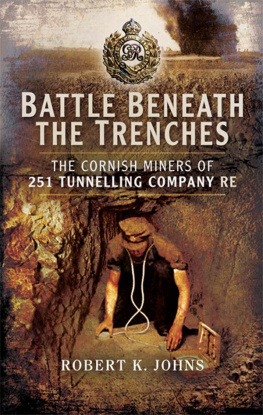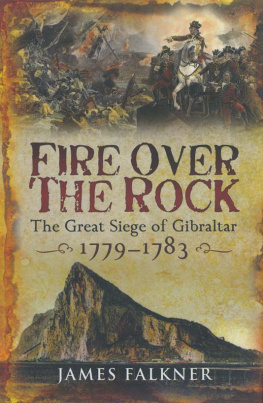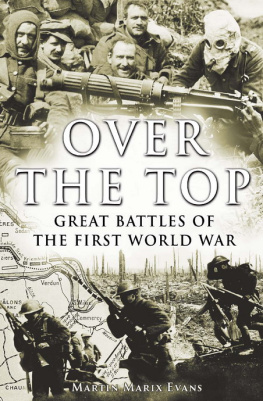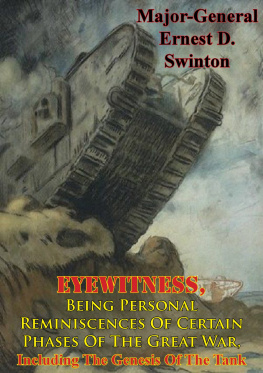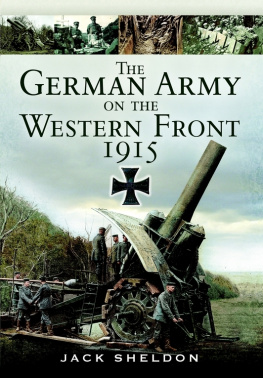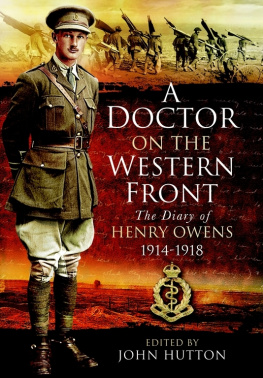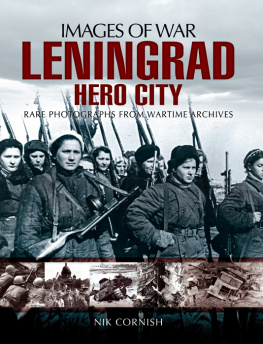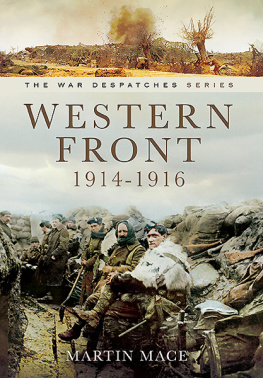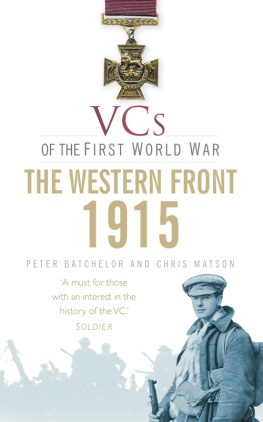
First published in Great Britain by
PEN AND SWORD MILITARY
an imprint of
Pen and Sword Books Ltd
47 Church Street
Barnsley
South Yorkshire S70 2AS
Copyright Robert K. Johns, 2015
ISBN 978 1 47382 700 4
eISBN 9781473855366
The right of Robert K. Johns to be identified as the author of this work has been asserted by him in accordance with the Copyright, Designs and Patents Act 1988.
A CIP record for this book is available from the British Library.
All rights reserved. No part of this book may be reproduced or transmitted in any form or by any means, electronic or mechanical including photocopying, recording or by any information storage and retrieval system, without permission from the Publisher in writing.
Pen & Sword Books Ltd incorporates the imprints of
Archaeology, Atlas, Aviation, Battleground, Discovery, Family history, history, Maritime, Military, Naval, Politics, Railways, Select, Social history, Transport, True Crime, Claymore Press, Frontline Books, Leo Cooper, Praetorian Press, Remember When, Seaforth Publishing and Wharncliffe.
For a complete list of Pen and Sword titles please contact
Pen and Sword Books Limited
47 Church Street, Barnsley, South Yorkshire, S70 2AS, England
E-mail: enquiries@pen-and-sword.co.uk
Website: www.pen-and-sword.co.uk
Contents
List of Sketch Maps
(all northerly headings and distances approximate)
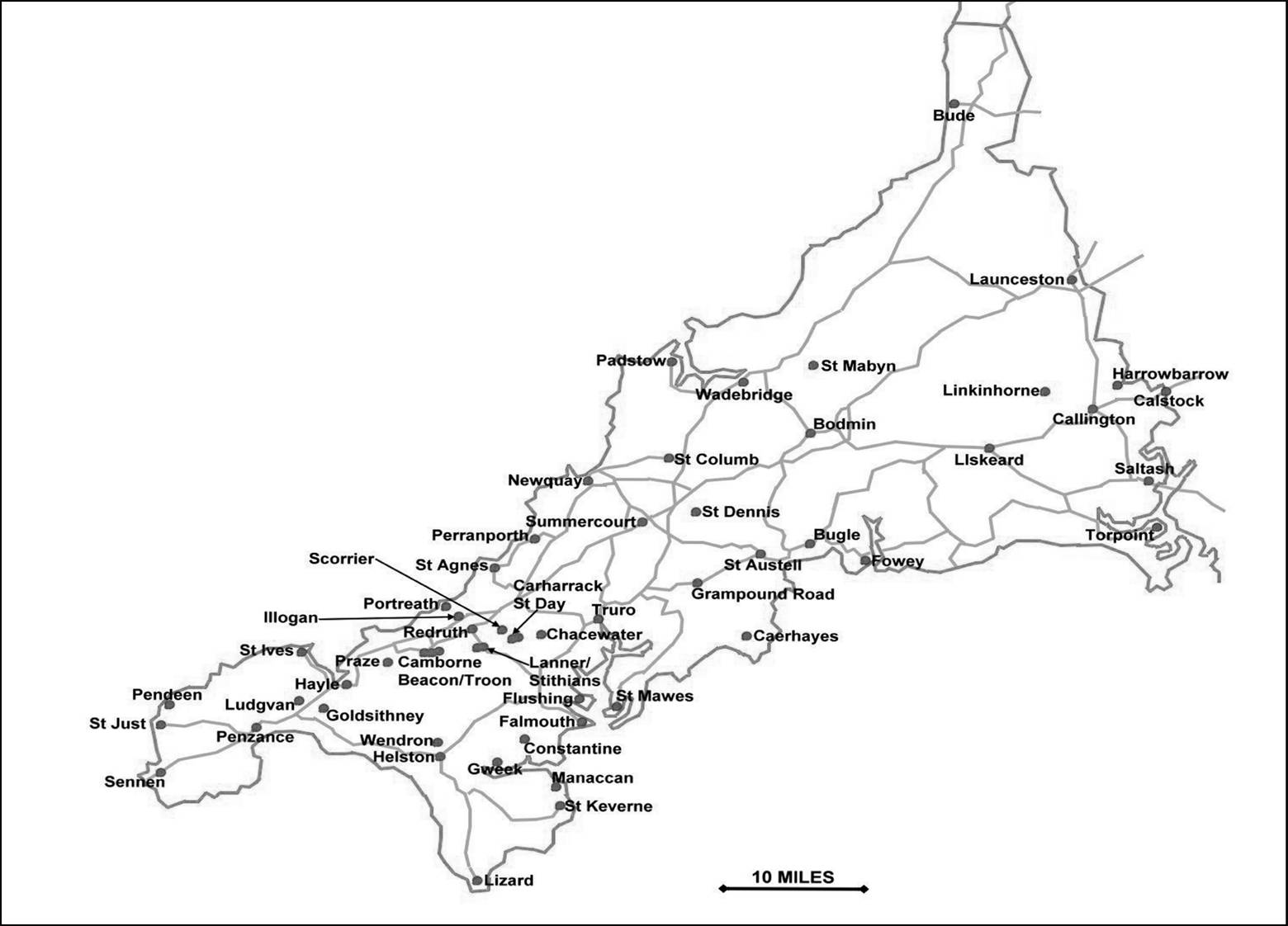
Map 1: General Map of Cornwall.

Map 2: General Map of Northern France.

Map 3: The craters from the Brickstacks to Mad Point .
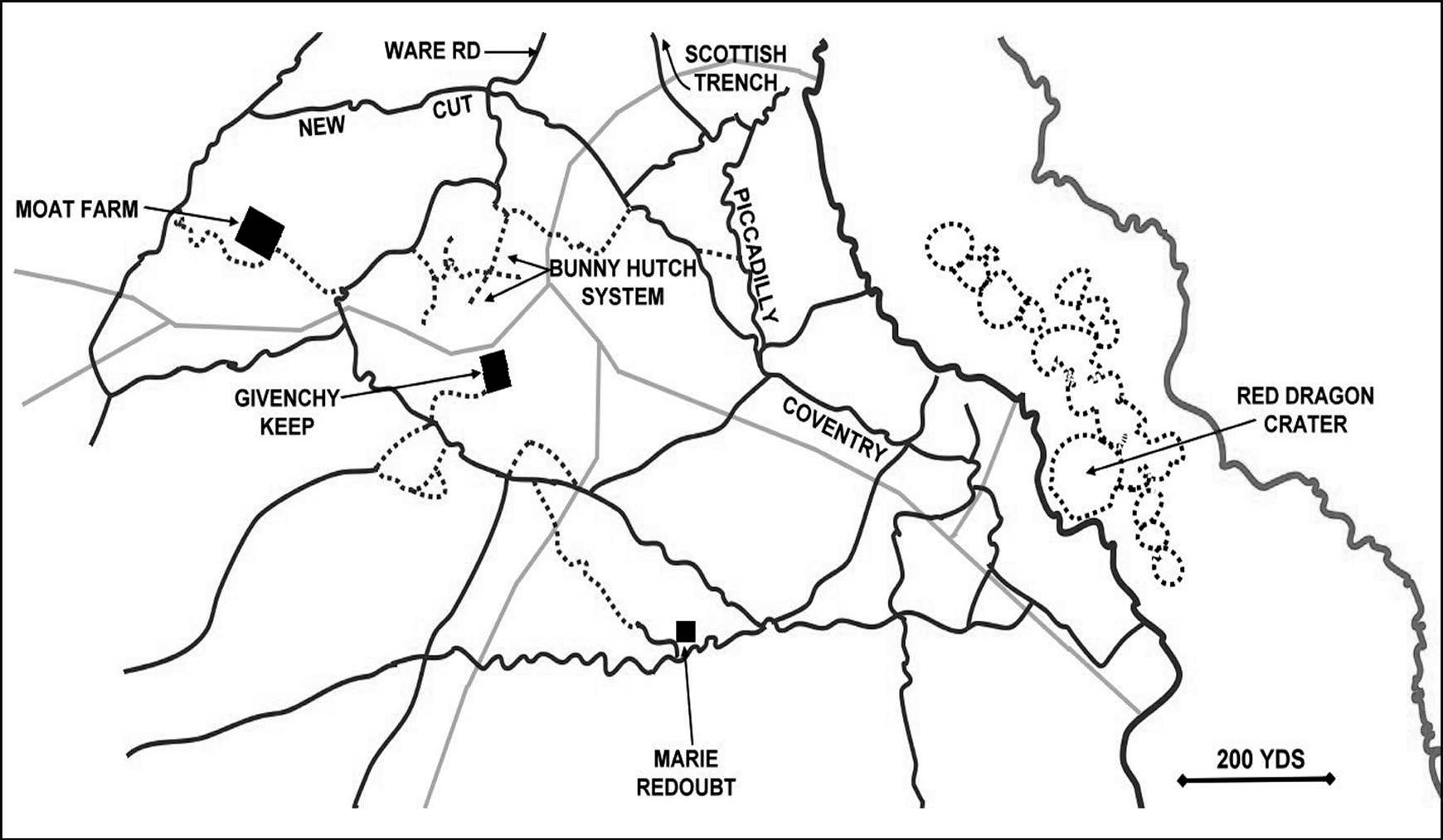
Map 4: The Bunny Hutch System at Givenchy.
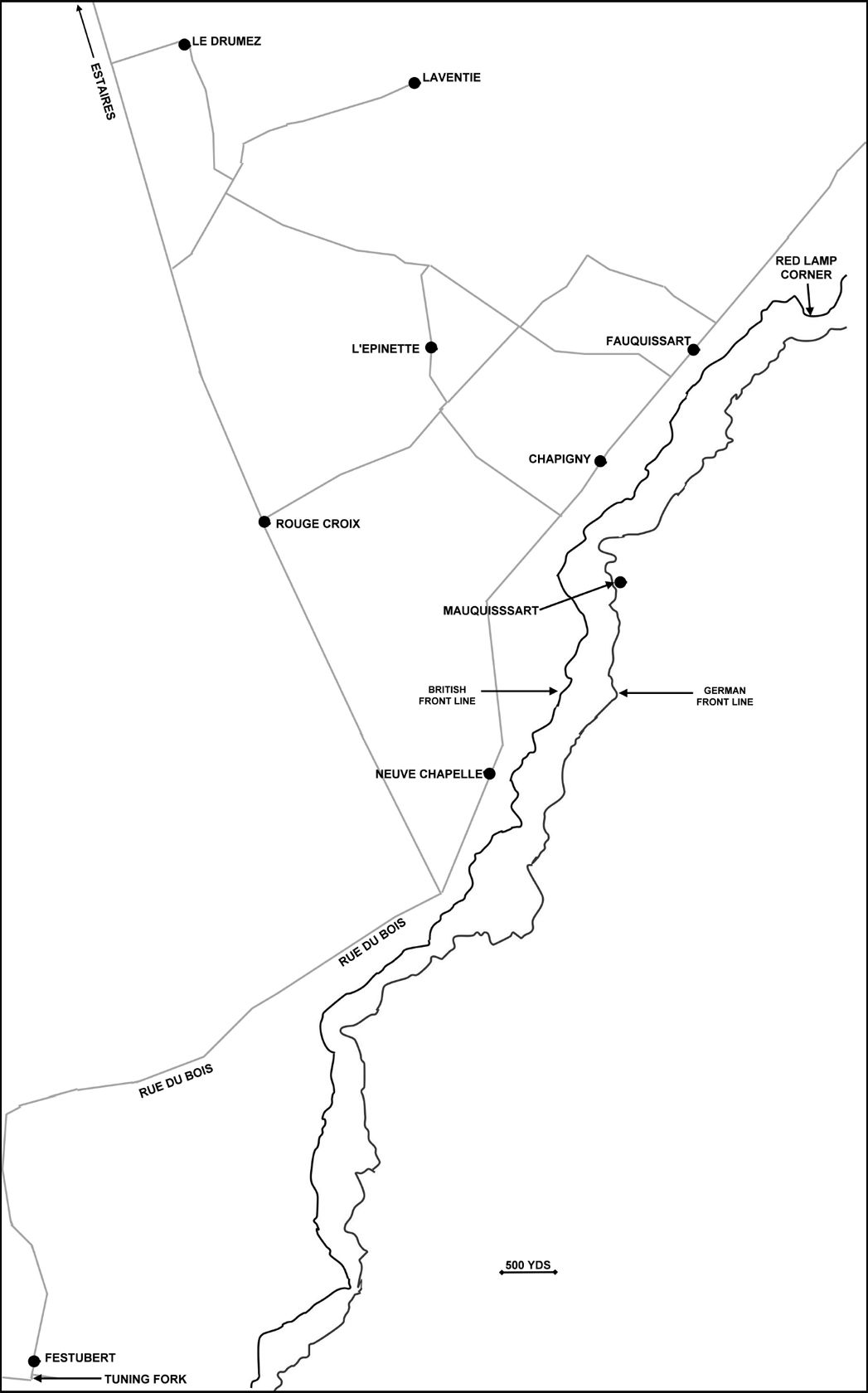
Map 5: The Red Lamp Sector .

Map 6: Givenchy Defences1918: Battle of the Lys .
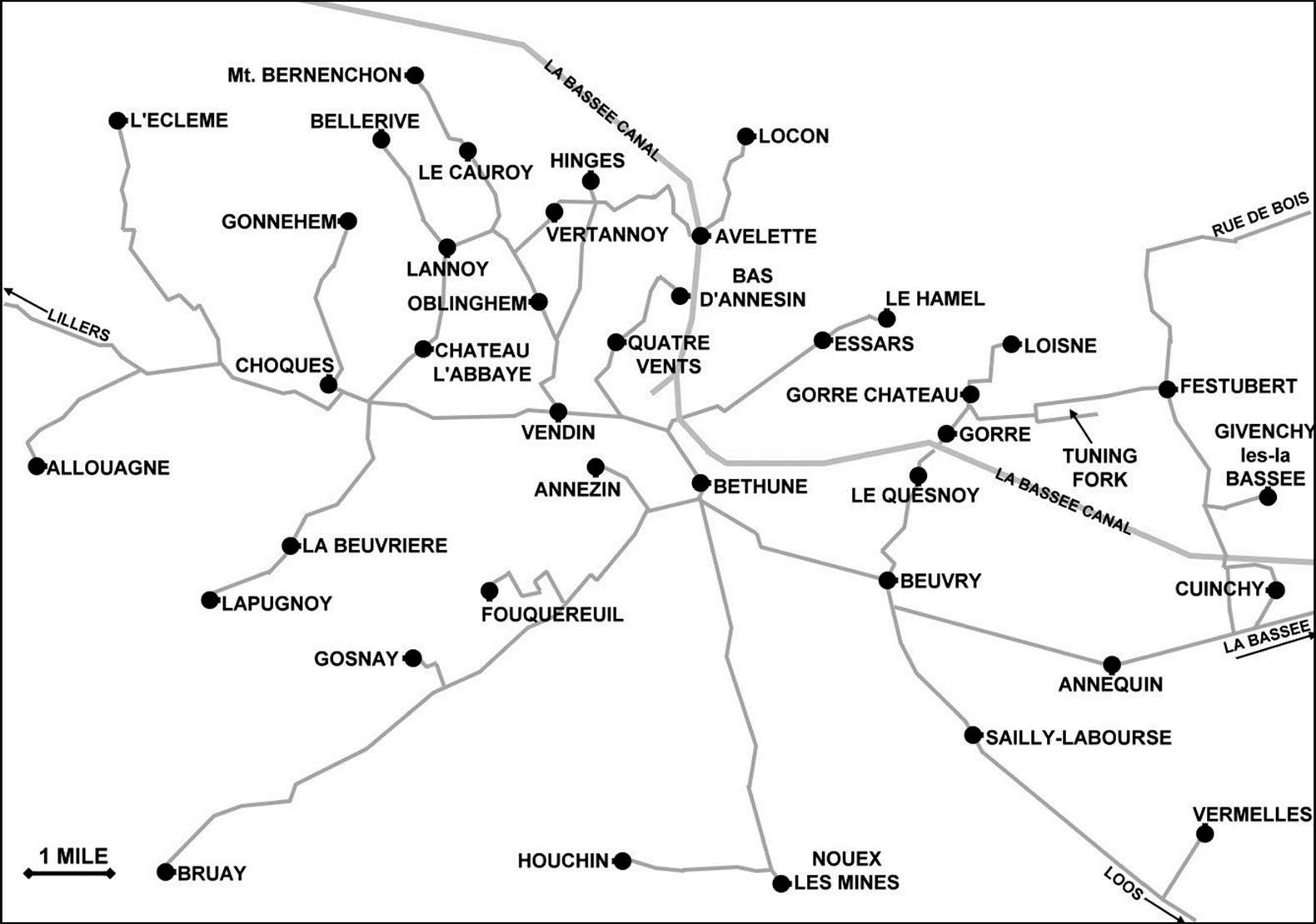
Map 7: Areas of Operations in 1918: Battle of the Lys.
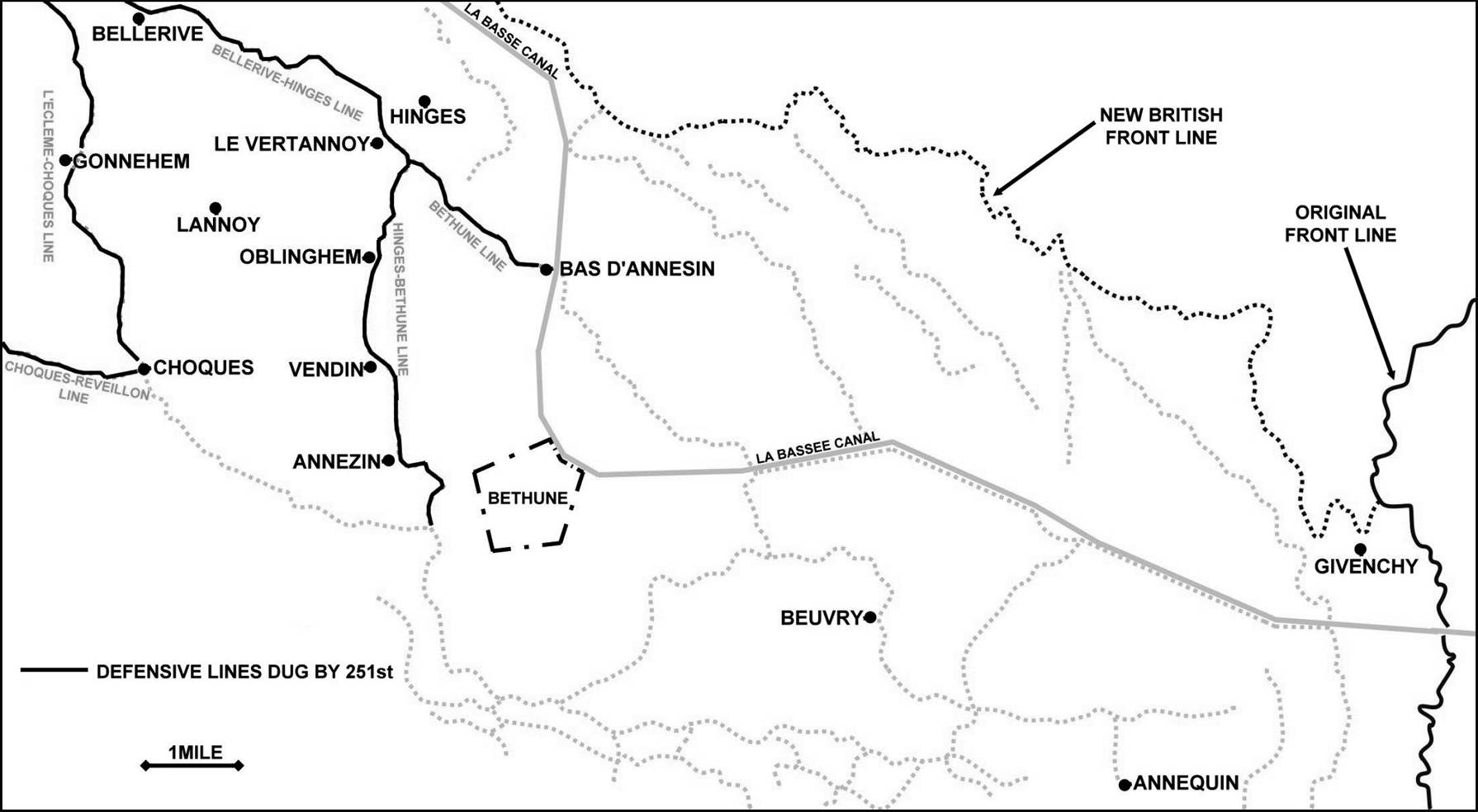
Map 8: The New Defences around Bthune: June 1918.
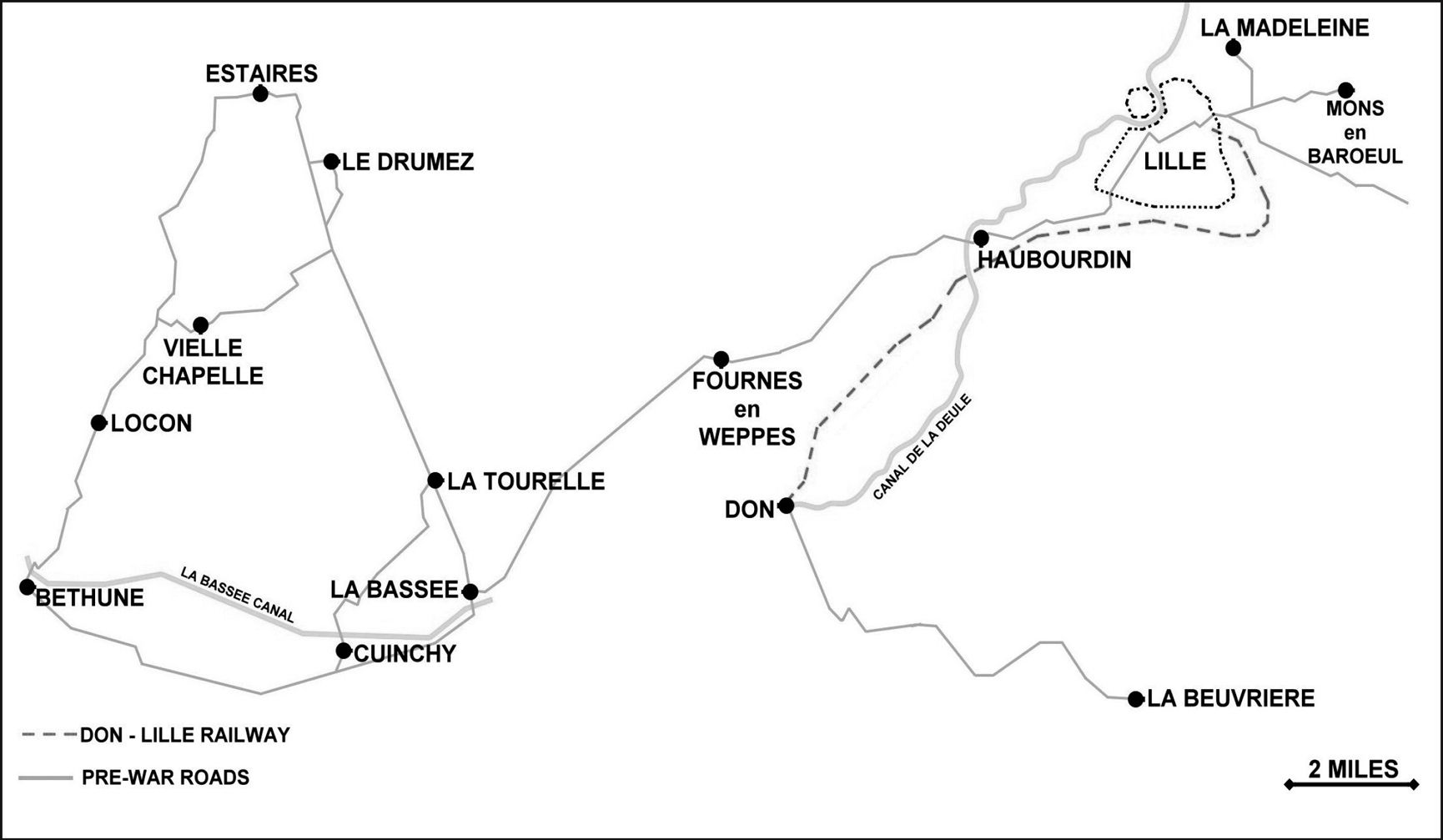
Map 9: Advance to Victory: Vieille Chapelle to Lille.

Map 10: Around Tournai after the Armistice .
Acknowledgements
Many people have helped in providing the information required to complete this book, but my first thanks must go to Simon Jones and Peter Barton of the La Boisselle Study Group, following my visit to the archaeological dig and tunnels at the site near Albert. This proved to be a very emotional experience and was certainly one of the stimuli which spurred me on to write this account; my research led me to contact and meet many other people who made undertaking this work a pleasure. Some came from larger organisations, such as Cornwalls Regimental Museum in Bodmin, the original home of the DCLI, or others such as the excellent Memorial Museum Passchendaele at Zonebeke, whilst others were relatives of tunnellers who had served on the Western Front. I would also like to thank all of those who have allowed their pictures to be published. Credit has been given to them on the captions to the individual photographs.
However, most thanks must go to Liz, my wife, who has spent many hours not only in helping me with the research and in deciphering the War Diary , but who has also accompanied me on my travels around England and France whilst gathering information.
The writing of a book depends very much on having good advice on continuity and structure, and in this I was fortunate to have the help of Janey Fisher. What started as a few notes about my grandfathers life became a story about Cornishmen, especially those who served in 251 Tunnelling Company. At times it would have been very easy to drift away from the main story and set off on tangents; Janey has been very supportive and has gently refocused my attention when necessary since, as an author herself, she understood the need for me to be free to tell the story in my own way, whilst keeping the narrative on track when I was tempted to digress.
My final thanks must go to my excellent editor, the historian Nigel Cave whose knowledge, advice and clarification of various aspects of the conflict have been invaluable.
Writing this book has been a very enjoyable experience and I am particularly grateful to and proud of my grandfather and his fellow Cornishmen, without whom there would have been no story. To everyone who helped put this book together, I thank you.
Robert K. Johns
Introduction
Visiting the now green fields of what were once the battlefields of the First World War, one tries to imagine what it must have been like for the soldiers who fought there, but I think it is almost impossible to comprehend just how difficult their existence was. Without question, for those who survived, their experiences must have had a major impact upon their lives and those of their families, and one asks whether there were any who did not arrive home emotionally or physically scarred, or both.
There have been many stories of the magnificent job our infantry did under such arduous circumstances and all due credit must be given to them; but the remarkable work the miners did during the First World War has only recently been recognised and brought to public notice, thanks to the research undertaken by military historians such as Nigel Cave, Simon Jones and Peter Barton, all of whom have written several books on the topic of underground warfare. The imagination of the general public has been fired by Sebastian Faulkes novel Birdsong and the ensuing film, whilst with the centenary of the Great War upon us the television channels have screened documentaries about the tunnellers and their contribution to the winning of the war. The underground skills of those miners, coupled with their ability to undertake any engineering task, from making roads to building bridges, from constructing dugouts to mine clearance and, on more than one occasion, having to stand shoulder to shoulder with the infantry, rifle in hand, demonstrates that the tunnelling companies have to have been amongst the most multiskilled and flexible units of the First World War.
At the unveiling of the War Memorial at the Institution of Mining and Metallurgy in London, on 24 November 1921, Field Marshal Earl Haig had this to say:
Next page
